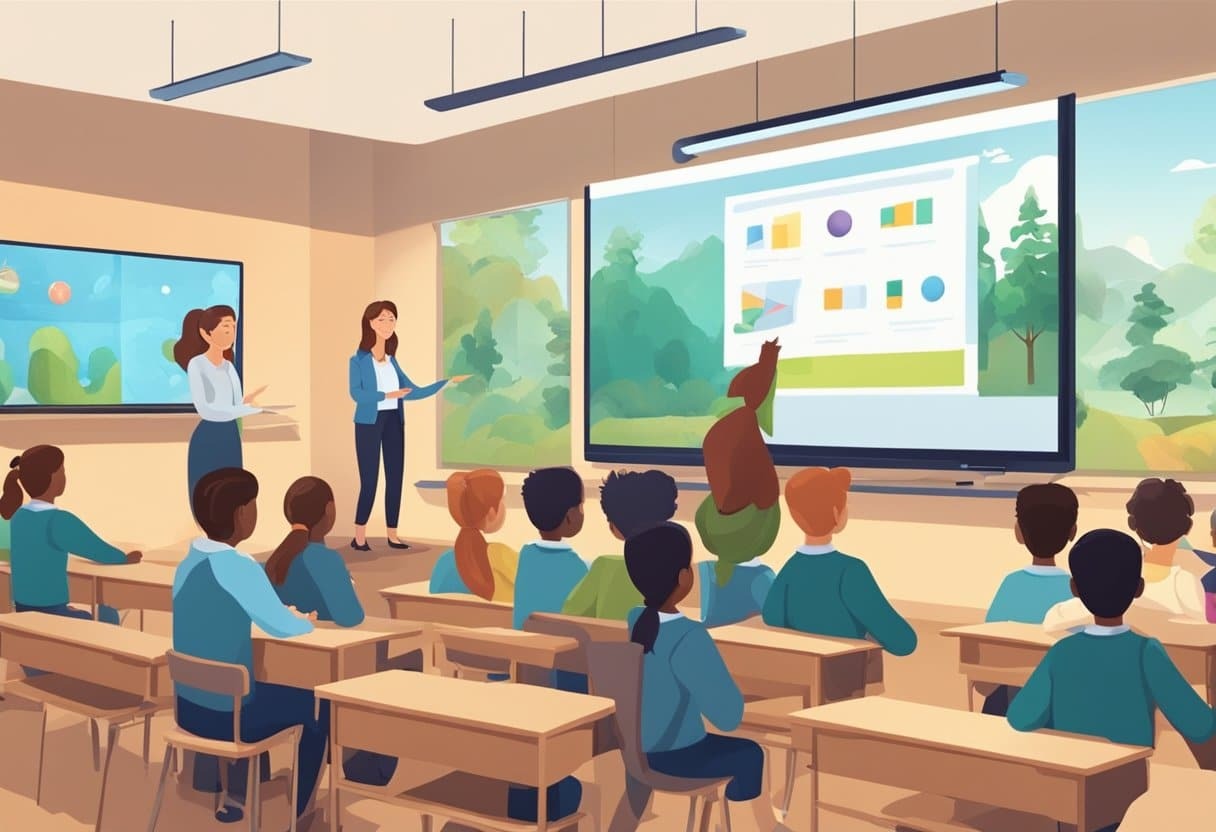In today’s digital age, education extends far beyond the classroom. Teachers are increasingly incorporating multimedia resources into their curriculum to engage young minds. Among these resources, kids animated shows have emerged as powerful educational tools that complement traditional teaching methods. The synergy between professional educators and quality animated content creates a comprehensive learning environment that addresses various learning styles and captivates children’s attention in ways that conventional methods sometimes cannot.
Modern teachers understand that children absorb information differently, and many have found that kids animated shows offer unique advantages for visual and auditory learners. By thoughtfully integrating these shows into lesson plans, educators can reinforce concepts taught in the classroom and introduce new ideas in engaging, memorable ways that resonate with young students.
The Science Behind Visual Learning
Research consistently demonstrates that visual content significantly enhances information retention. When children watch educational animated shows, they process information through multiple channels simultaneously—visual, auditory, and often emotional. This multi-sensory approach creates stronger neural connections, making the learning experience more impactful and the information more likely to be remembered.
The colorful characters and compelling storylines in quality animated programs capture children’s imagination while delivering educational content. Whether teaching scientific concepts, historical events, or social skills, these shows transform potentially dry material into exciting adventures that children eagerly consume.
Teachers as Curators and Guides
The role of educators in this multimedia learning environment is crucial. Teachers don’t simply play animated content; they carefully select shows that align with curriculum objectives, preview material for accuracy and age-appropriateness, and develop activities that extend learning beyond passive viewing.
Effective educators use animated shows as springboards for deeper exploration. After watching a science-themed episode, teachers might guide students through hands-on experiments that reinforce the concepts presented. A show about historical figures might inspire creative writing assignments or research projects that develop critical thinking skills.
Building Bridges Between Home and School
One of the most valuable aspects of educational animated programming is its ability to extend learning beyond school hours. Teachers can recommend quality shows for home viewing, creating continuity between classroom instruction and at-home entertainment. This approach transforms screen time from a purely recreational activity to an educational opportunity, giving parents tools to reinforce school lessons.
When teachers and parents collaborate around educational media, they create a consistent message about the value of learning. Children begin to see education not as something confined to school hours but as an exciting, ongoing process integrated into daily life.
Developing Emotional Intelligence Through Animation
Beyond academic content, many animated programs excel at teaching social-emotional skills that are essential for child development. Shows that model conflict resolution, empathy, and cooperation give teachers valuable reference points for discussing these abstract concepts with young children.
Teachers can point to characters’ behaviors and emotions when helping students navigate their own social challenges. “Remember how Character X felt when Y happened?” becomes a powerful way to help children connect fictional scenarios to their real-life experiences, developing crucial emotional intelligence.
Addressing Diverse Learning Needs
For students with learning differences or special educational needs, animated content can be particularly valuable. The combination of visuals, music, and storytelling engages multiple senses, making information more accessible to children who might struggle with traditional teaching methods.
Teachers working with diverse learners appreciate how animated shows can present concepts at an appropriate pace with engaging visuals that capture attention. For English language learners, these shows provide natural language in context, supported by visual cues that aid comprehension.
The Evolution of Educational Animation
As technology advances, so does the quality and educational potential of animated content. Today’s programs often incorporate curriculum developed by education specialists and undergo rigorous testing to ensure they achieve learning objectives while entertaining their young audience.
Forward-thinking teachers stay informed about new educational programming and evaluate its potential benefits for their specific student population. By remaining open to innovative teaching tools, these educators continuously enhance their effectiveness and keep students engaged in the learning process.
Conclusion
The partnership between dedicated teachers and thoughtfully produced animated shows represents a powerful educational alliance. When educators skillfully integrate quality programming into a comprehensive curriculum, they create rich learning experiences that resonate with today’s media-savvy children. By embracing these complementary approaches, we give students the best of both worlds: the irreplaceable guidance of a passionate teacher and the engaging, multimedia experiences that help concepts come alive.


